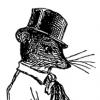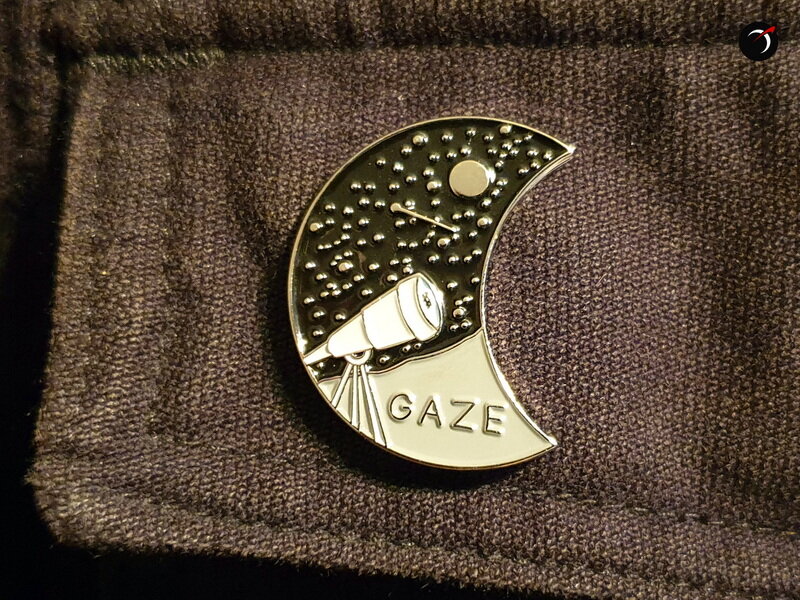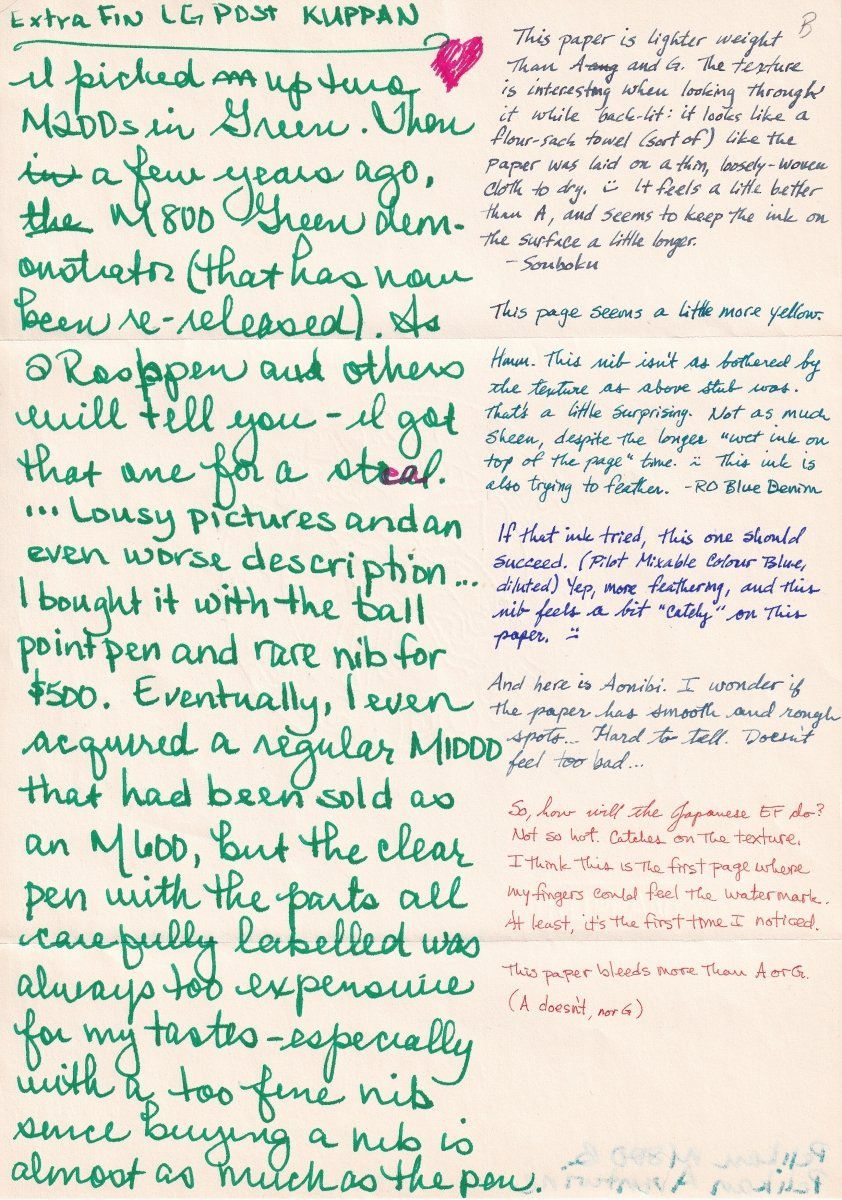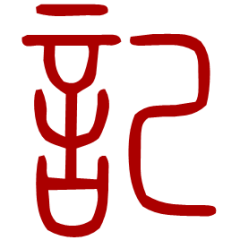Pens For Sale 1918
-
Forum Statistics
353.2k
Total Topics4.6m
Total Posts -
Member Statistics
126,028
Total Members2,522
Most OnlineNewest Member
Davemg
Joined -
Images
-
Albums
-
USG 1
- By USG,
- 0
- 0
- 57
-
Paper products
- By A Smug Dill,
- 3
- 39
-
Pins
- By Astronymus,
- 0
- 2
- 61
-
One-Off Post Attachments 2
- By LizEF,
- 0
- 75
- 64
-
Photo for my Posts
- By AceNinja,
- 0
- 0
- 63
-






notetakesfountainpeninklikeachamp.jpg.a32fc305a8eb854b79d295c73d9d41d6.jpg)







.thumb.jpg.f07fa8de82f3c2bce9737ae64fbca314.jpg)



desaturated.thumb.gif.5cb70ef1e977aa313d11eea3616aba7d.gif)






Recommended Posts
Create an account or sign in to comment
You need to be a member in order to leave a comment
Create an account
Sign up for a new account in our community. It's easy!
Register a new accountSign in
Already have an account? Sign in here.
Sign In Now